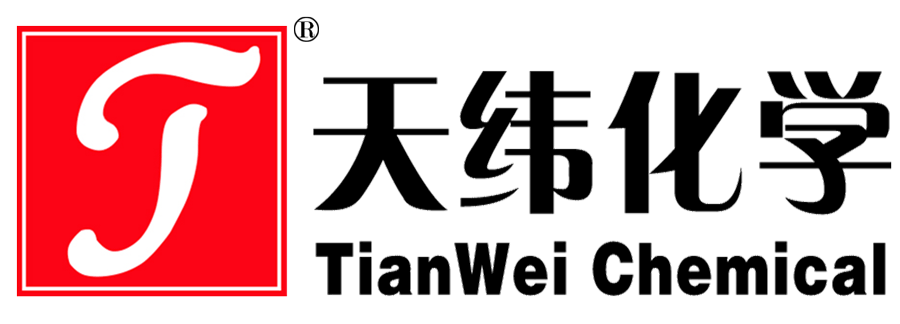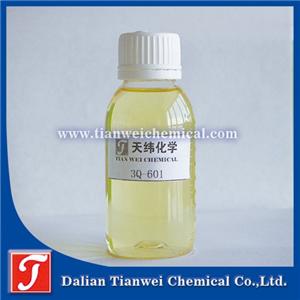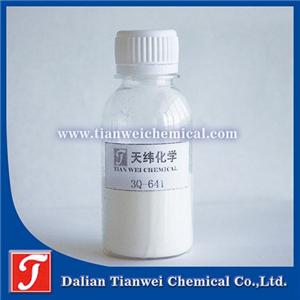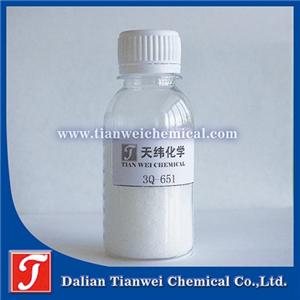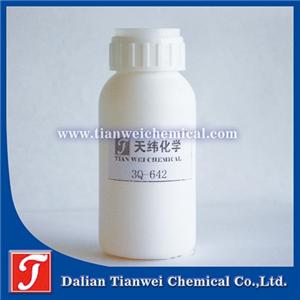Foamed shoe antibacterial agent: the key to foot health
With people's increasing attention to health and hygiene, the antibacterial properties of foamed shoe materials have become the focus of attention in the shoe industry. The rational application of antibacterial agents can not only effectively inhibit the growth of bacteria in shoes, but also extend the service life of shoes and improve wearing comfort.
First, the problem of microbial pollution of foamed shoe materials
The porous structure of foamed shoe material provides an ideal living environment for microorganisms. In the warm and humid environment of shoes, bacteria, fungi and other microorganisms are easy to reproduce, resulting in yellow shoes, aging, and odor. More seriously, these microorganisms may cause foot health problems, such as beriberi, eczema and other skin diseases.
2. Types and characteristics of commonly used antimicrobials
Inorganic antibacterial agents: such as silver ions, zinc ions, etc., have broad spectrum antibacterial properties, good heat resistance, lasting effect, but there may be a risk of discoloration.
Organic antimicrobials: such as quaternary ammonium salts, phenolic compounds, etc., have remarkable antibacterial effects, but they may have problems such as poor heat resistance and easy migration.
Natural antimicrobials: such as chitosan, plant extracts, etc., have high safety, but the antibacterial effect is relatively weak and the cost is high.
3. Technical points of antimicrobial agent application
Select the appropriate addition method: The process of premixing, dipping or spraying can be used to ensure the uniform distribution of antibacterial agents.
Control the amount of addition: while ensuring the antibacterial effect, avoid affecting the foaming process and the performance of the shoe material.
Pay attention to compatibility: ensure that antibacterial agents and other additives such as blowing agents and stabilizers do not have adverse reactions.
Evaluate the effect: Verify the antibacterial effect and durability through antibacterial performance tests.
Consider environmental factors: Prioritize environmentally friendly antimicrobials to reduce the impact on the environment and human body.
The development of antibacterial technology of foamed shoe materials requires collaborative innovation of materials science, microbiology and other disciplines. In the future, with the application of new technologies such as nanotechnology and microcapsule technology, more efficient, durable and safe antibacterial solutions will be developed to provide consumers with healthier and more comfortable footwear products. Shoe manufacturers should pay attention to the research and development and application of antibacterial technology to meet the market demand for healthy shoes.
